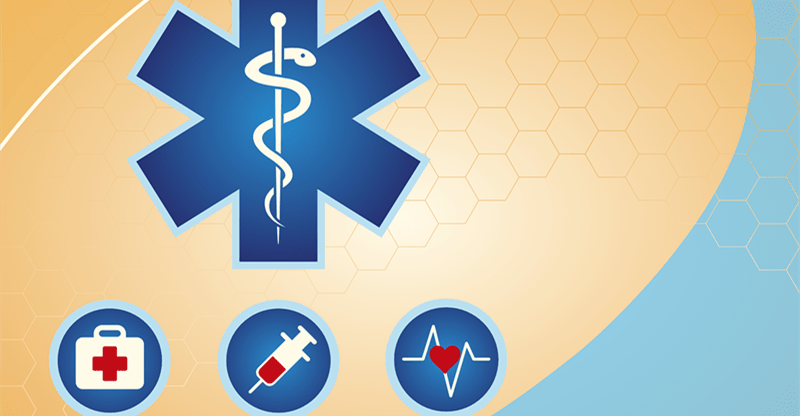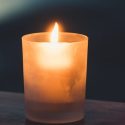First Aid And Disaster Management: The Basics
Basic first aid is a skill that everyone should learn. This is especially true if you live in an area that’s prone to natural disasters and with the rate at which climate change is accelerating, this could be your backyard tomorrow. Here are just a few basics that you could learn from first aid courses to help you stay ready in case of a disaster or an emergency.
Wound Care
When dealing with mild to moderate wounds, the first thing you’re supposed to do is expose the injured area to examine how big the wound is and which type of wound you’re dealing with. Thereafter, tell the patient to apply pressure onto the area to slow down bleeding and then apply a dressing to control the bleeding.
Every time you’re dealing with such a situation, you need to maintain constant communication with the patient and find out how they’re feeling.
After that, you need to cover the wound, but don’t tie it too tight because it may impair the blood supply. Tie the knot directly on top of the wound to help apply pressure onto the area. Thereafter, the patient can safely travel to the hospital to further assess the wound and get a proper medical check-up.
Cardiopulmonary Resuscitation (CPR)
If the person you’re helping is already lying on the ground and you’re not sure what is wrong, check for any danger, such as passing traffic, moving vehicles, or even unaware pedestrians. Once you’re sure the coast is clear, check for a response by asking the patient a question or give them a command and then tap the shoulders gently.
If the patient doesn’t respond, open the airways by placing their head in a tilted chin lift and check their breathing for 10 seconds. If you determine that breathing is present, check for a neck pulse. This should also take 10 seconds.
If the pulse is present, do a quick head-to-toe examination to try and determine what could have caused this person to be unresponsive or unconscious. Check the hands and shoulders one by one to determine if there are any broken bones.
Check the chest area and feel the spine gently. Keep checking your hands for any signs of bleeding. Check each leg by itself and loosen any tight shoelaces and belts. Don’t forget to check the pockets as well.
If there are no visible injuries, start placing the patient in the recovery position. Take the closest hand to you and place it in a right angle, take the other hand and place it against the cheek. Thereafter, bend the knee furthest away from you and slowly turn the patient towards you, making sure that the head is tilted.
Check for breathing and circulation. Monitor vital signs at least every 10 minutes until help arrives.
Choking
When you’re dealing with a choking patient, the first thing you need to do is ask the person if they’re choking and if they need your help. Thereafter, encourage the person to cough because choking can either be a partial or complete obstruction.
Ask them how they’re feeling. If the obstruction is not yet out, give them up to 5 back blows. If the obstruction is still in place after the 5th back blow, administer up to 5 abdominal thrusts. The obstruction should come out after that. Seat the person down and give them water.
Keep in mind that abdominal thrusts should not be administered to infants, obese persons and expectant mothers.
Disaster Readiness Medical Supplies
Some basic first aid medical supplies that you should have in your home in preparation for unexpected natural disasters include:
- Rubbing alcohol
- Hydrogen peroxide for cleaning out wounds
- Iodine for wound cleaning
- Triple antibiotic ointment for wound protection
- Band-aids
- Gauze
- Bandages
- Nasal decongestant
- A good quality allergy medicine
- Cough medicine
- Ibuprofen always comes in handy
This short but effective guide can help you to ensure medical safety for injuries and situations that you can handle at home. Remember to always read warnings on medications and take a class on basic London First Aid Training so you’re empowered to help your family, neighbors, and anyone in your community.



